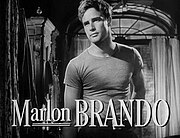Marlon Brando's Human Design Chart
5/2 Emotional GeneratorMarlon Brando: A Revolutionary Force in Acting and Human Design
Marlon Brando, born on April 3, 1924, in Omaha, Nebraska, was a legendary American actor whose influence on the art of acting remains unmatched. Known for his raw charisma and emotional depth, Brando’s performances from 1947 to 1954 redefined the expectations of acting, both on stage and in film. His Human Design type, a Generator, coupled with his Emotional Inner Authority, highlights the unique aspects of his character and career trajectory.
Early Life and Influences
Growing up as the only son of a limestone products salesman and a talented local actress, Brando’s childhood was marked by turbulence. His parents, Dodie and Marlon Sr., were both alcoholics, and his father’s bullying nature created a tense home environment. Brando’s rebellious spirit emerged early, leading to his expulsion from a military academy in Shattuck, Minnesota, in 1943. This period of his life is reflective of his Human Design Profile 5/2—a natural hermit who often surprises others with their influential and impactful presence once they step into the spotlight.
Discovering Acting and the Method
Brando’s journey into acting began in New York, where he was mentored by Stella Adler at Erwin Piscator’s Dramatic Workshop. Adler’s teachings, emphasizing authenticity and emotional truth, resonated deeply with Brando’s Emotional Authority, allowing him to access profound layers of his own psyche to deliver groundbreaking performances. His debut on Broadway in “I Remember Mama” in 1944 set the stage for his iconic role as Stanley Kowalski in “A Streetcar Named Desire” in 1946, which catapulted him to fame.
Cinematic Breakthrough and Iconic Roles
Transitioning to film, Brando’s screen debut in “The Men” (1950) showcased his magnetic presence. His subsequent roles in “A Streetcar Named Desire” (1951), “Viva Zapata!” (1952), “Julius Caesar” (1953), and “On the Waterfront” (1954) solidified his status as a cinematic powerhouse. His ability to channel his Emotional Authority into these roles brought unprecedented realism to the screen, earning him an Oscar for “On the Waterfront” and redefining the actor’s craft.
The Challenge of Fame and Personal Struggles
Despite his professional success, Brando’s personal life was fraught with challenges, reflective of the Left Angle Cross of Endeavor in his Human Design. His intense personal struggles, including tumultuous relationships and family tragedies, often overshadowed his career. His nature as a Generator meant that while he thrived on responding to life’s challenges, sustaining momentum was difficult without the right stimuli.
The Political Activist and Later Career
During the 1960s, Brando’s career cooled with a series of commercial failures, but he redirected his energies towards political activism, supporting civil rights and indigenous peoples’ causes. This period aligns with his Channel 63-4, which allows him to question societal structures and seek truth and justice.
The early 1970s marked a comeback for Brando with “The Godfather” (1972), where he won another Oscar but famously refused the award to protest the treatment of Native Americans—a decision driven by his Channel 39-55, which emphasizes provocation and emotional fuel. His role in “Last Tango in Paris” (1972) further showcased his willingness to explore complex emotional territories.
Retreat and Final Years
In the later years of his life, Brando retreated to his Tahitian paradise, much like a true 5/2 profile who seeks solace away from the world’s gaze. His public appearances dwindled, though he occasionally returned to the screen, such as in “A Dry White Season” (1989) and “The Score” (2001), where he reminded audiences of his enduring talent.
Brando’s health declined in the 1990s due to obesity and respiratory issues, culminating in his death on July 1, 2004, from pulmonary fibrosis. His legacy as a revolutionary actor who transformed the film industry remains, with his Human Design chart providing a unique lens through which to understand his life and contributions.
Human Design Insights
Analyzing Brando’s Human Design reveals a complex interplay of traits and energies that contributed to his unique presence. As a Generator with an Emotional Inner Authority, Brando’s life was characterized by his response to emotional cues, driving his creative expression and personal interactions. His Profile 5/2 signifies a tendency towards introspection, occasionally emerging to impact others profoundly.
The Channels present in his Design—63-4, 3-60, and 39-55—highlight his quest for truth, ability to handle chaos, and emotional provocations. These elements not only shaped his career choices and acting style but also influenced his interactions with the world and his legacy as an artist and activist.
Frequently Asked Questions
What is Marlon Brando’s Human Design Type?
Marlon Brando was a Generator in Human Design, which means he thrived on responding to life’s challenges and opportunities, though maintaining sustained momentum required external stimuli.
How did Brando’s Emotional Inner Authority influence his acting?
Brando’s Emotional Inner Authority allowed him to access deep emotional truths, giving him the ability to portray characters with unprecedented realism and intensity, a hallmark of his acting style.
What role did his Human Design Profile 5/2 play in his life?
Brando’s Profile 5/2 in Human Design suggests a natural inclination to withdraw and recharge, emerging to impact others in significant ways. This manifested in his career as periods of retreat and introspection followed by transformative performances.
How did Brando’s Channels affect his career and activism?
The Channels 63-4, 3-60, and 39-55 in Brando’s Human Design chart facilitated his quest for truth, ability to manage chaos, and emotional provocations, driving both his artistic expressions and his engagement with social and political causes.
What legacy did Marlon Brando leave behind?
Marlon Brando left a legacy as a pioneering actor who transformed the film industry with his intense performances and commitment to authenticity
Discover More Famous People
Browse and analyze over 55,000 public figures and celebrities.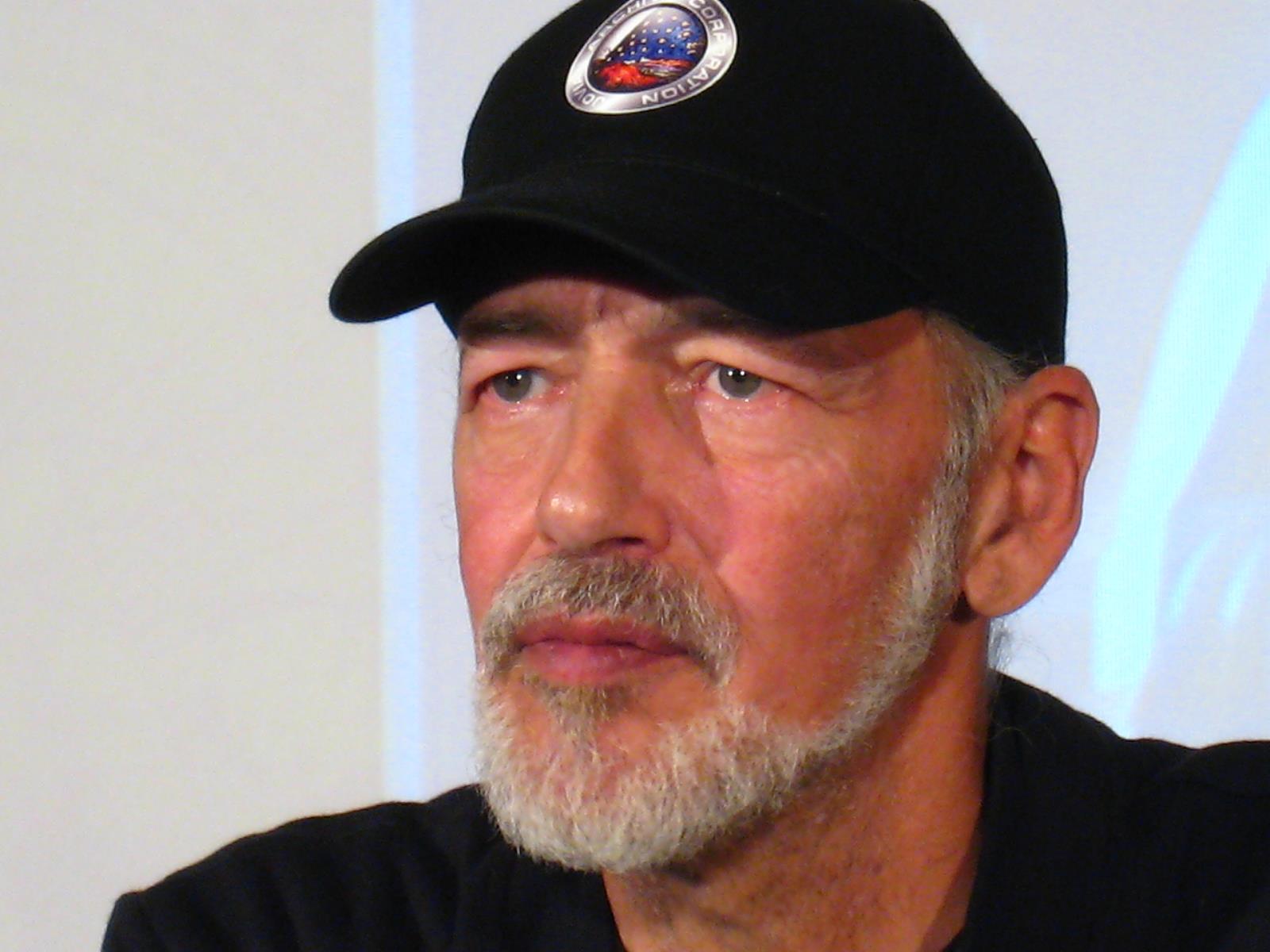
Ra Uru Hu
5/1 Manifestor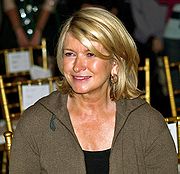
Martha Stewart
4/6 Manifestor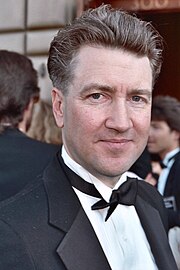
David Lynch
4/6 Generator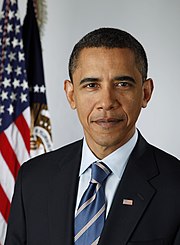
Barack Obama
6/2 Projector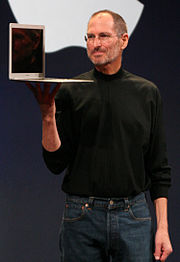
Steve Jobs
6/3 Generator
Vladimir Putin
5/1 Manifestor
Kim Kardashian
3/5 Generator
Michael Jackson
1/3 Projector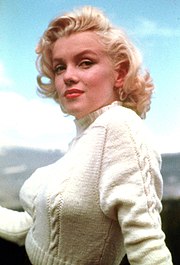
Marilyn Monroe
6/2 Projector
Ariana Grande
2/4 Projector
Oprah Winfrey
2/4 Generator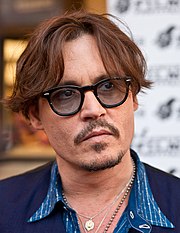
Johnny Depp
2/4 ManifestorWhat is HumanDesign.ai and how does it work?
Curious what makes Marlon Brando tick? HumanDesign.ai instantly maps their exact birth data into a fully interactive clickable bodygraph chart, letting you hover or tap every center, channel, and gate for plain-language explanations. Bella, the platform’s built-in AI guide, adds context in real time, translating complex mechanics into everyday insights so you can see how Marlon Brando’s strengths, challenges, and life themes play out on-screen.
The same tools are waiting for you. Generate your own Human Design Chart in seconds, open a library of 2000+ suggested questions, and chat with Bella as often as you like to decode your design, daily transits, and even relationship dynamics.
Want to compare energies? Save unlimited charts for friends, family, or clients, then ask Bella to reveal compatibilities, composite patterns, or coaching tips, all in one conversation thread.
Start free with core features, or unlock our Personal and Pro plans for deeper dives: unlimited Q&A, celebrity chart search spanning 55,000+ public figures, white-label PDF reports, branded content generation, and a professional profile with built-in booking for practitioners. Whether you’re exploring your own potential or guiding others, HumanDesign.ai delivers an ever-expanding toolbox of AI-powered insights—no spreadsheets, no jargon, just clarity at your fingertips.
Ready to see yours? Signup for FREE today!

